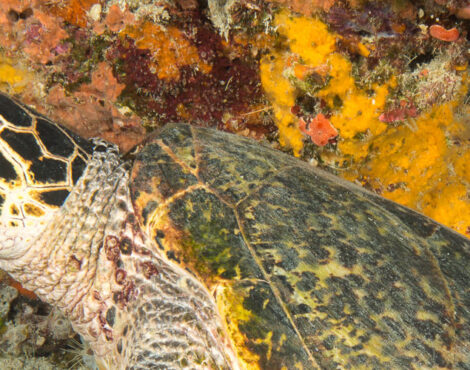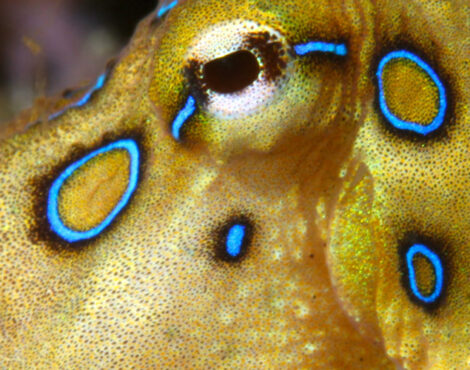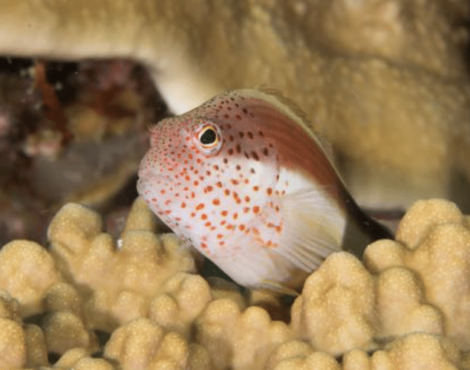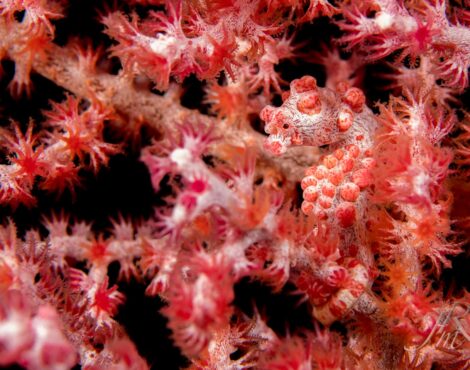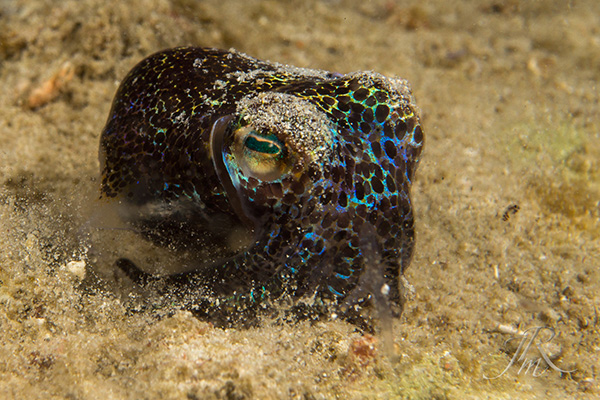
Night diving in Bunaken Marine Park offers guests a wide array of different marine species than they would encounter during the day. Among the night dive highlights is the increased chance to spot different species of cephalopod, who tend to be more active once the sun has set.
Most divers love cephalopods, and what’s not to love? Strange shaped bodies that can squeeze into the smallest spaces, intelligent hunting tactics that can outsmart most other animals, and a huge variance in defensive techniques ranging from simple colour changing to releasing a cloud of ink, and even mimicking other, more dangerous animals.
But when most people think of cephalopods, they picture either octopus, cuttlefish, or squid. Most people forget that the nautilus (the only member of the family to still have an outer shell) is actually a cephalopod. The nautilus shell is actually the Siladen Resort & Spa logo, however you will need to be very lucky to spot one of these deep sea creatures, although finding shells washed up on the beach is not uncommon.
The marine park is home to a further member of the class Cephalopoda, but it is one not so many divers have heard of â which is a shame, because they are equally as interesting as any other cephalopod.
We are talking about the bobtail squid, which may be named âsquidâ, however it is really more similar to a cuttlefish, yet distinct enough to be in its own order.
What is a Bobtail Squid?
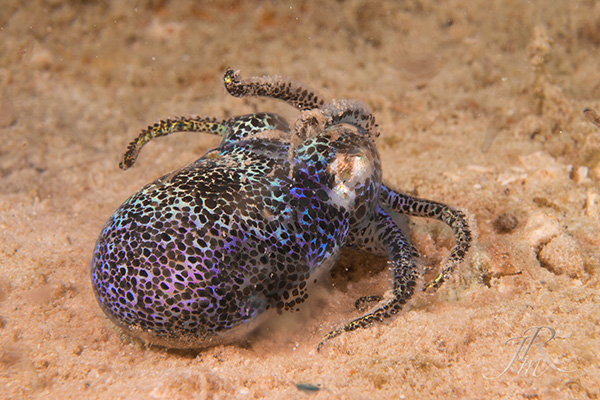
Although they are known commonly as bobtail squid, these small cephalopods are members of the order Sepiolida, which are more closely related to cuttlefish than squid. There are currently around seventy described species on bobtail squid found throughout the worlds oceans.
Similarly to cuttlefish, the bobtail squid has eight arms complete with suckers, and two tentacles, however they have a far rounder mantle than cuttlefish, and they do not have a cuttlebone â an internal shell that can be found in cuttlefish.
They are among the smallest cephalopods on the planet, with the average mantle size being between one and eight centimetres depending on the species, although most tend to be on the lower end of that scale.
In Bunaken Marine Park, we can commonly spot the Euprymna berryi, or more commonly known as either âBerryâs bobtail squidâ or âHummingbird bobtail squidâ.
Berryâs Bobtail Squid Description
The Berryâs bobtail squid is one of the smaller cephalopods you will encounter. The maximum size the females reach is five centimetres and the males are no bigger than three centimetres, however these are absolute maximum sizes and the average individual is barley bigger than a standard marble.
The body colour we see is a dark purple to almost black, covered in small electric green and blue dots. In actual fact, the body colour is translucent and covered in tiny dark chromatophores, however just like most other cephalopods, the bobtail squid can alter their colouration to suit their needs.
Why does the Bobtail Squid Glow?
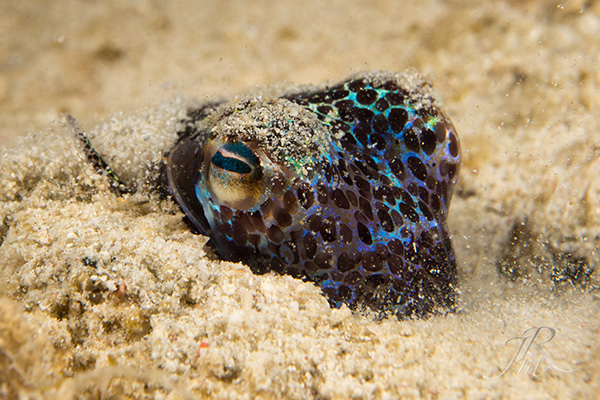
If you have been lucky enough to see one of these amazing little creatures before, you may have noticed something rather strange â they glow in the dark, which is what makes them so cool.
They emit a light due to a bacteria that lives within the bobtail squid. This bacteria is called Aliivbrio fischeri, and it lives symbiotically within a special light organ of the bobtail squid. The bacteria will be provided with a steady supply of sugar and amino acids from the bobtail squid, and in exchange, the bacteria will offer something rather unusual⦠Light.
Thatâs right, the bacteria is bioluminescent and can therefore emit light, which might not sound very helpful to a small cephalopod trying to hide in the dark, but this light is used in an ingenious way.
The bacteria will determine how much moonlight is hitting the bobtail squid from above, and it will then replicate the same amount of light on the underside. The brighter the moonlight, the brighter the bobtail squid. This light emission from the underside will completely hide its silhouette, and virtually render it invisible from below. A form of camouflage known as âcounter illuminationâ.
Unfortunately for the bobtail squid, they are not born with this bioluminescent bacteria, and must gather it upon hatching, although this doesnât take long. In order to do so, they secrete a mucus around their light organs to help them catch it
Where can I Spot Bobtail Squid?
Bobtail squid are strictly nocturnal, so you will need to do at least one night dive to be able to spot one.
During the day, they will be hiding just under the sand, where they can give their light emitting bacteria time to recharge. Once the sun sets, they will begin to move around the reef. As they bury themselves in the sand, you are more likely to find one whilst muck diving on the North Sulawesi coastline, although they can also be found on some of the sloping walls such as Lekuan III.
If you want to photograph one of these glow-in-the-dark critters, you will need to be fast. Once they realise they have been spotted, they will revert to their day time protection plan and dive into the sand, although if you wait patiently, they should reappear after a couple of minutes.


